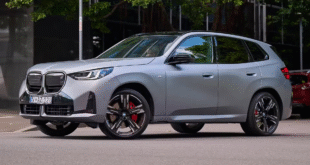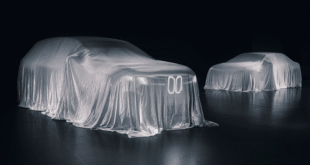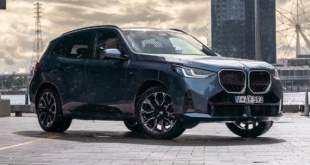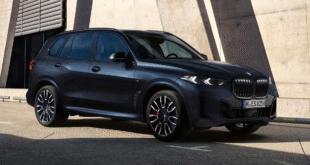BMW’s SUV line-up now stretches across every niche, but two of the most closely matched models are the X1 and X3. On paper, they share engines, styling cues and technology, yet they appeal to different buyers. The real question is whether you should save with the X1 or stretch to the X3.
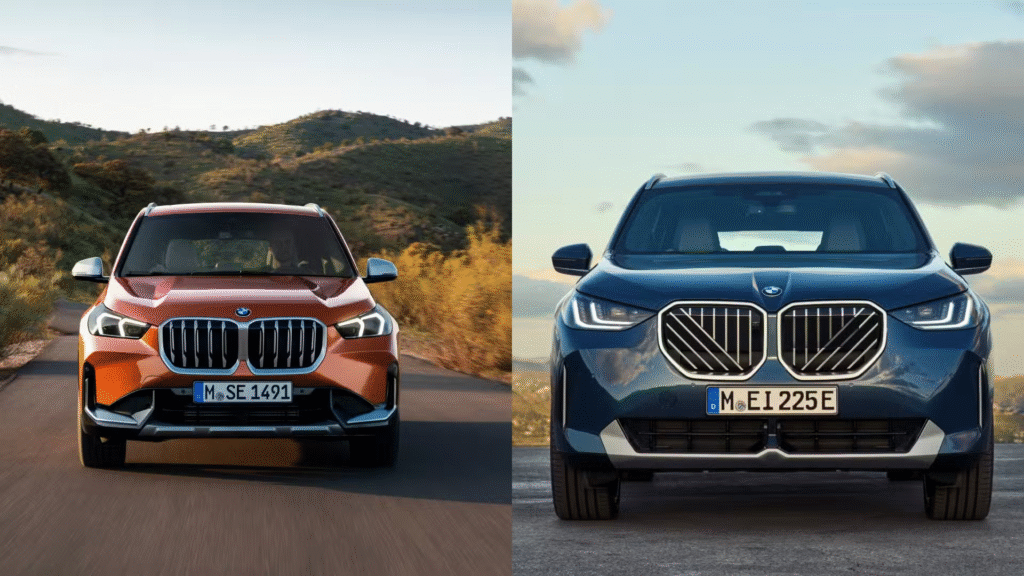
The X3 is the elder statesman here, debuting in 2003 as BMW’s first compact luxury SUV. Now in its fourth generation, it’s bigger than ever and closer in size to the original X5. Buyers can choose from mild-hybrid four-cylinder power or a more potent six-cylinder M50 variant, while plug-in hybrids and the electric iX3 broaden the mix in other markets. It’s clearly positioned as the more versatile family SUV, with generous cabin space, high-grade materials and BMW’s latest tech.
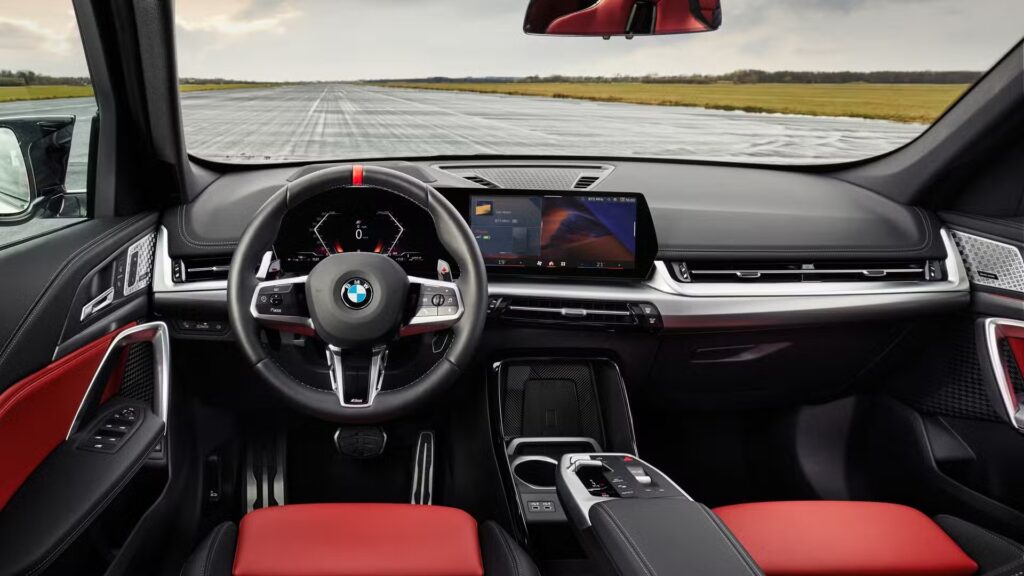
By contrast, the X1 is the smallest SUV in the range but not short on character. The latest generation has grown to the size of the original X3, offers a sharper design and comes with trims that range from the practical xDrive28i to the punchier M35i. In some regions, there’s also the electric iX1. The X1 shares BMW’s modern interior design language with a widescreen infotainment display, though with slightly less luxury in materials and options compared to the X3.
Performance is closer than expected. Both entry-level models use BMW’s B48 turbocharged four-cylinder engine, with the X3 only slightly quicker in the 0–60mph sprint. The gap widens with the M50 version of the X3, which delivers near-M car performance, while the X1 M35i feels more like a spirited warm-up act. For everyday commuting, though, the differences are marginal — meaning the smaller SUV offers strong value.
So which should you choose? The X1 makes sense if you want a premium SUV with BMW style and capability in a compact footprint. The X3 suits those who need more space, comfort and stronger performance options. Ultimately, it comes down to whether you prioritise practicality and presence, or value and agility.
 BMW.SG | BMW Singapore Owners Community The Ultimate BMW Community – Established Since 2001
BMW.SG | BMW Singapore Owners Community The Ultimate BMW Community – Established Since 2001

